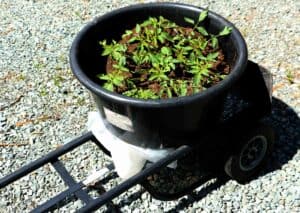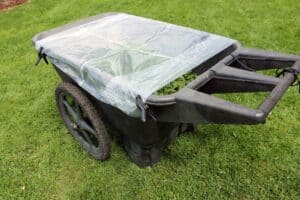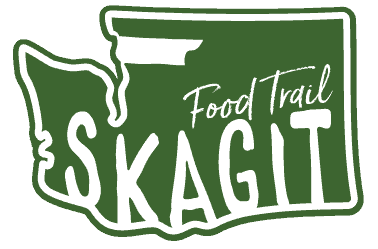Getting Started
Want to supply your family with fresh, healthy vegetables throughout the season? Anyone with a sunny piece of yard, deck or balcony, or even a window box can grow food.
There are plenty of easy-to-grow vegetables. See some recommendations from Master Gardeners below. Plant only what you like to eat. Be realistic. A 4'X4' garden bed could keep you in salad greens or squash all summer, but it is not enough room to grow corn or pumpkins.
Skagit County has a short growing season. Make sure to consider days to harvest (noted on the seed packet) when selecting what to plant. Also note the spacing recommended on the seed packet. If plants are too close together, they have to steal nutrients from each other.
Location
Do you have a spot that gets at least 6 hours of sun each day? Do you really need all that lawn? Consider converting part of your yard into a garden. Gardens and lawns require similar care. They both need good soil, sun and water. Vegetables just require a little more attention. Containers can make gardening very flexible. Also, plant some veggies in with your flowers.
Planning
Start with a plan for your garden! Decide how much and what kind of space you will have. Do you want to plant directly into the ground, raised beds, or containers? Do you just want salad veggies in between flowers?
Keep your garden manageable. Raised beds can extend the season and protect from rabbits, snails, slugs. Use a cold frame, floating row covers, or tunnels to extend your growing season and protect from insects such as cabbage moths. The options are endless. If your space is small, consider vertical gardening for vining vegetables like cucumbers, pole beans, and some squashes.
When to plant
In the Skagit Valley, May is magic. Depending on where you live, March gives us our last hard freeze and some vegetables can be planted/transplanted in March and April. However, frosts are typical in the area through early May. Most vegetables are sensitive to frost, so May is when you will really start gardening. Check out the Planting Calendar extracted from the WSU Extension Bulletin on Home Vegetable Gardening in Washington.
Consider winter gardening too. There are a number of vegetables such as carrots, parsnips, broccoli and kale that are planted in mid-summer and can be harvested throughout the winter.
Growing Food Can Be More Than Vegetables
Herbs
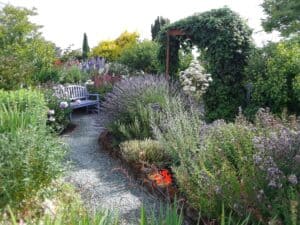
Herbs are easy to grow and attractive in beds or as potted plants. With our mild winters, many herbs are perennials and survive more than one year. Even the ones that are not cold hardy will usually produce late into the fall. Rosemary and thyme, particularly, are typically available year-round. Basil, parsley, cilantro, tarragon, chives, and dill are easy to grow, as well. Consider planting an edible garden close to your kitchen-making it easy to harvest what you need for a meal.
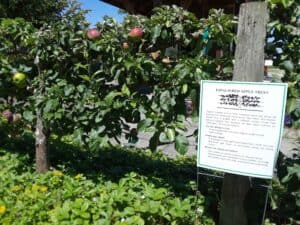
Small Fruits and Vines
If you have the room, there are plenty of berries, small fruits, and fruit trees that do well in the PNW. Check out the WSU Extension Bulletin on Growing Small Fruits in the Home Garden.
If you don't have a lot of extra space, try columnar apples or grow a grape vine on a pergola. Remember to plant flowers to attract pollinators for a better harvest.
Types of Gardens
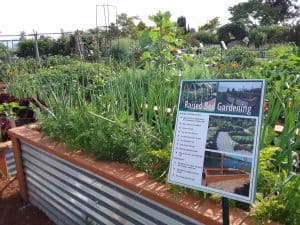
There are many types of gardens. For limited space, you might want to try a container, raised bed, or vertical garden.
You might want to plant an organic garden, in which you use no synthetic fertilizers, herbicides or pesticides. You can extend the growing season by using a greenhouse, hoop houses, cold frames, and tunnels. Check out the Garden Construction section of Gardening in Washington State for more ideas.
Problems?
Visit a Plant Clinic
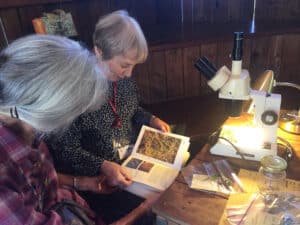
Let the Master Gardeners provide science based recommendations for your gardening problems.
Ask a Master Gardener Booths
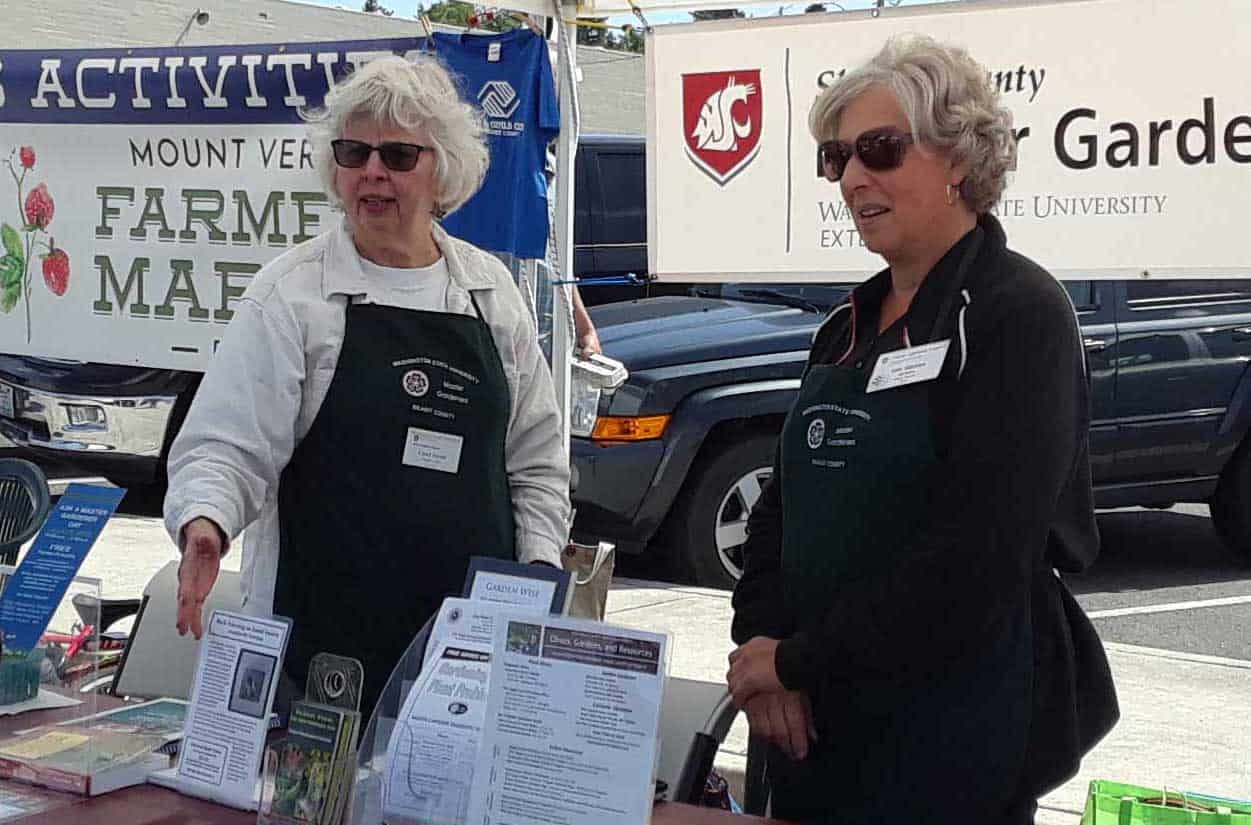
Visit us at Skagit County Farmers Markets for assistance with plants, trees, landscaping, and pests. Check the Events Page for dates and times!
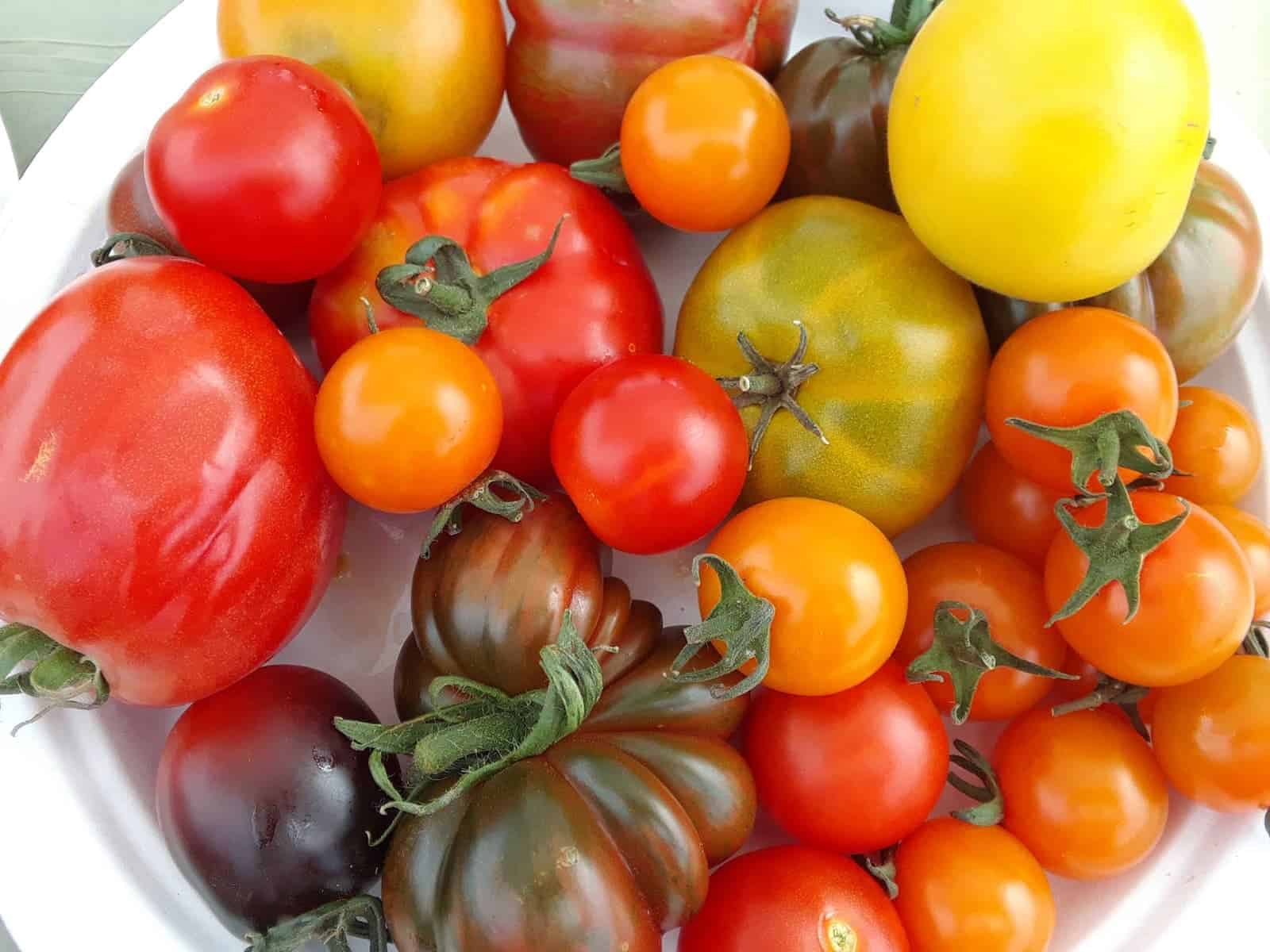
Step by Step
Growing Vegetables and Tomatoes in the Pacific Northwest
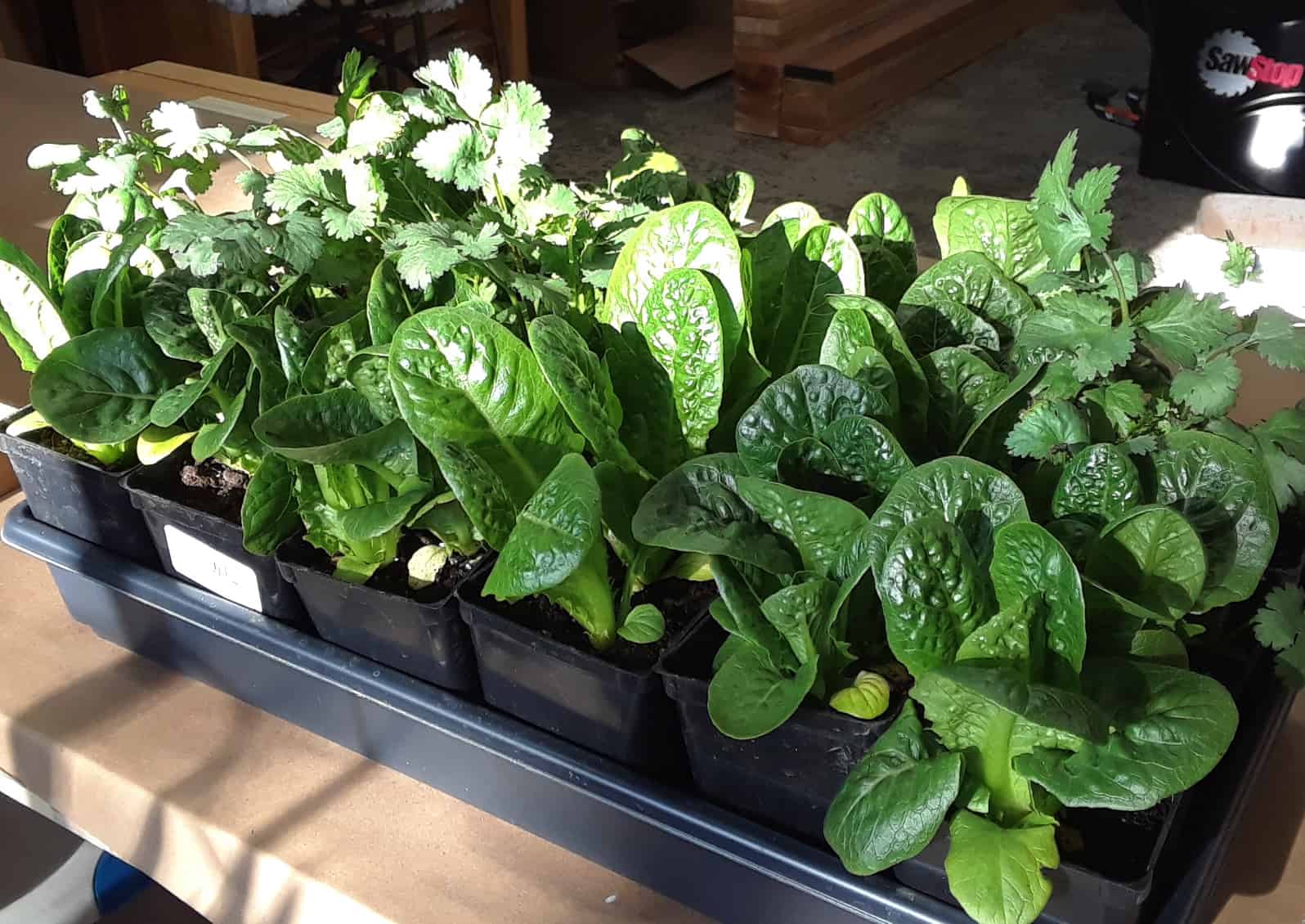
Skagit, we've had a problem!
If NASA can grow vegetables in space then how hard can it be?
Read more about NASA's space garden. Even the astronauts use the "cut and come again" technique for harvesting the outer salad green leaves while the plants keep growing.
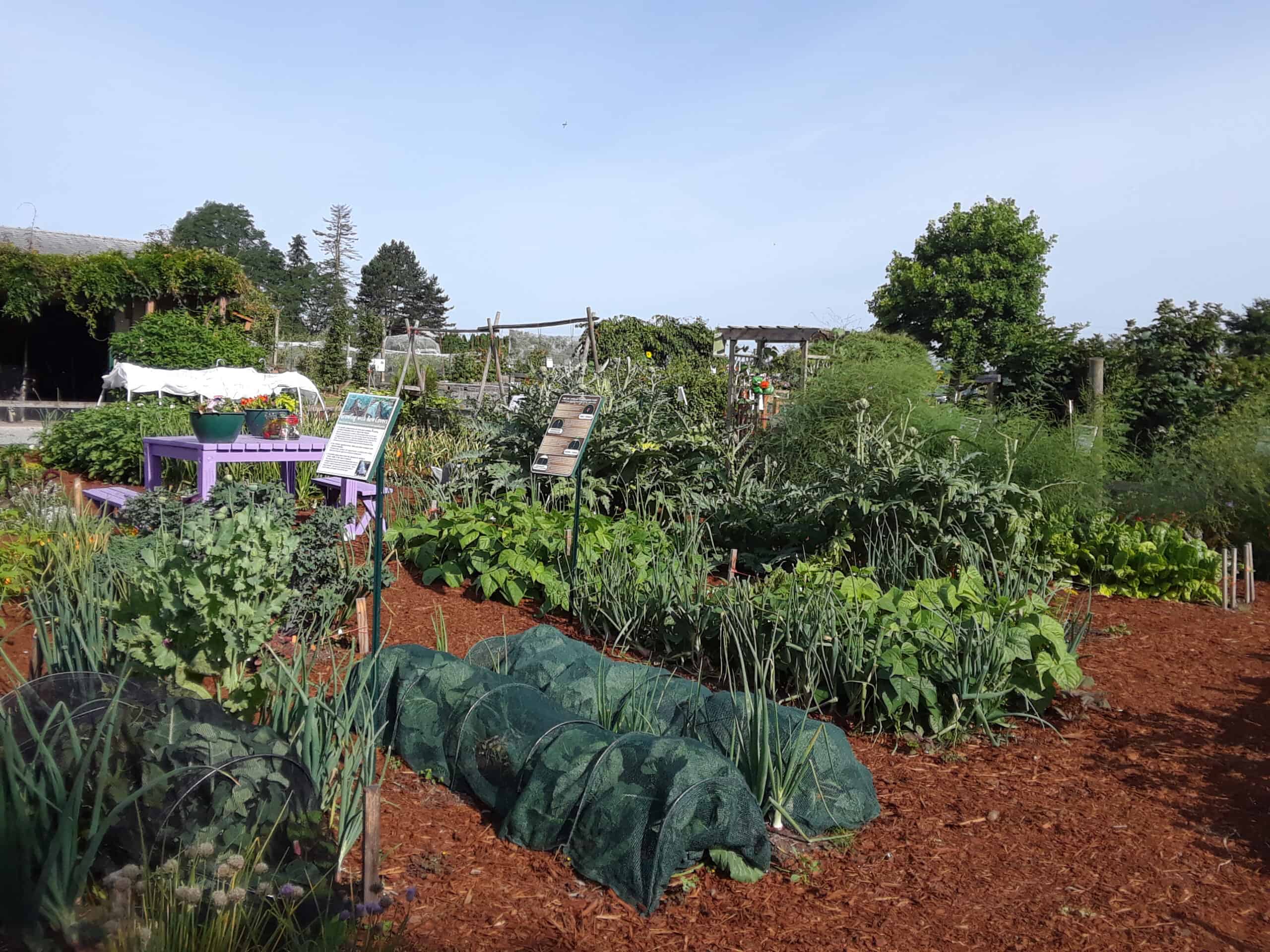
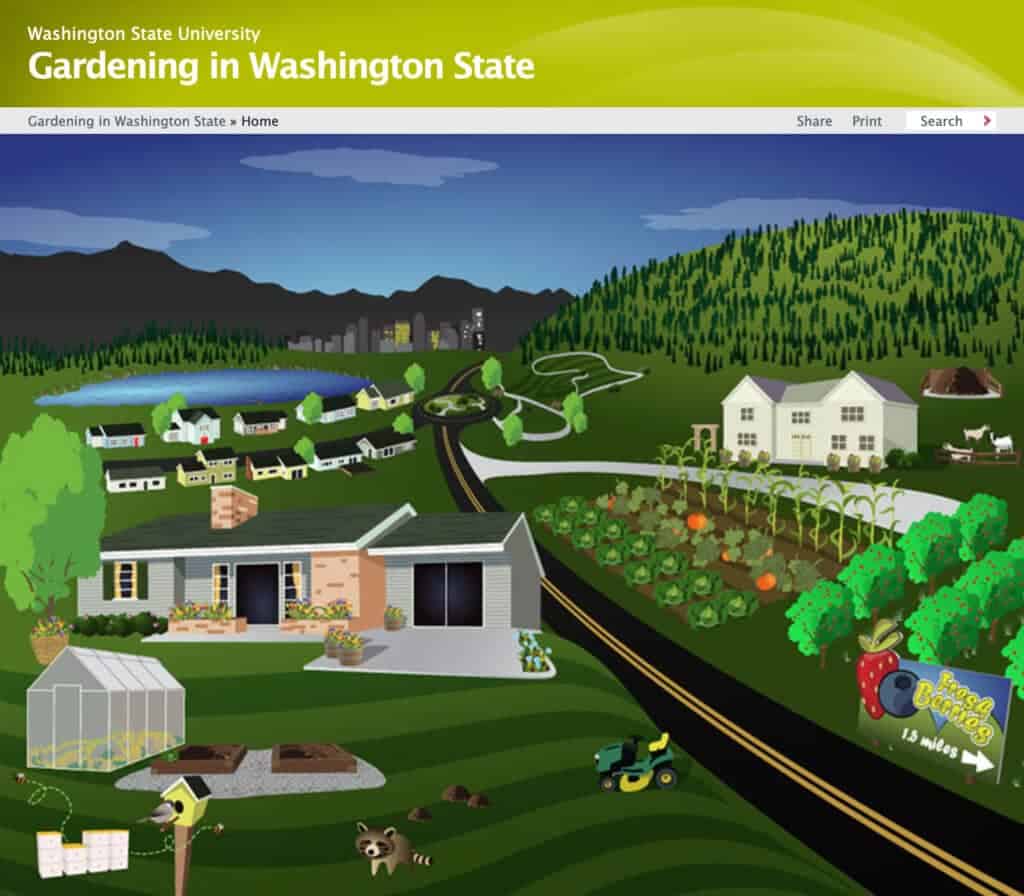
.gif)
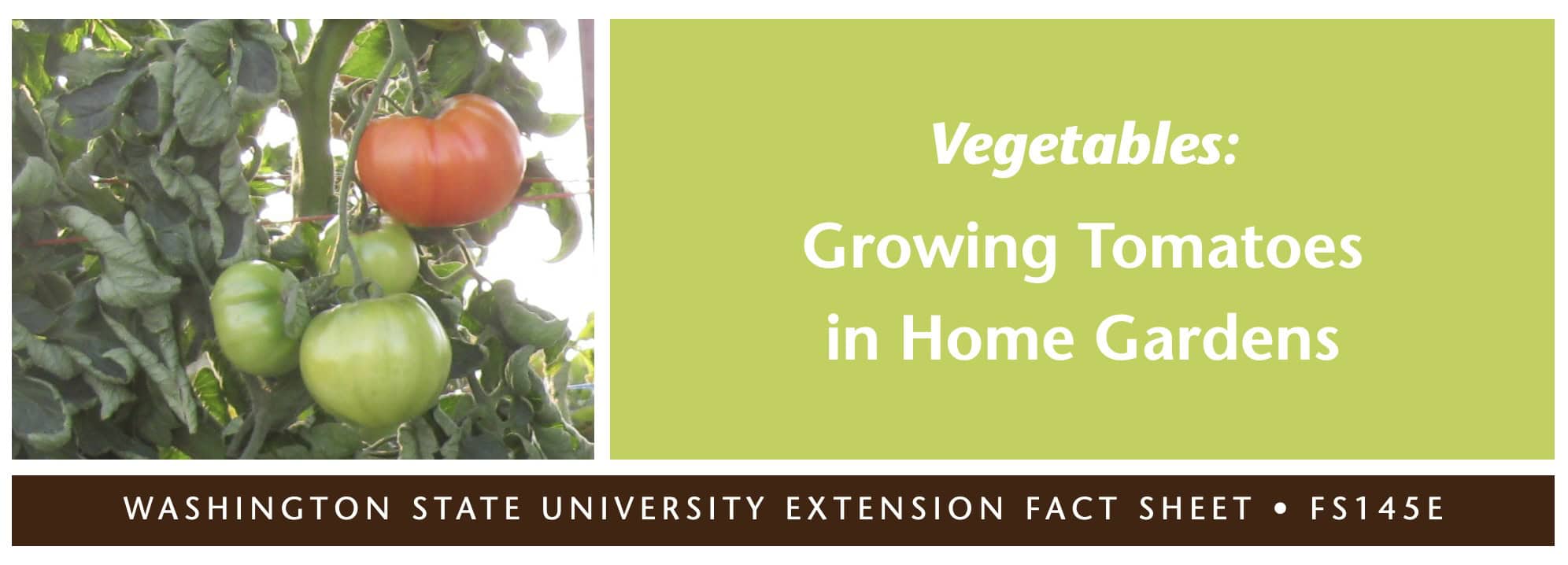
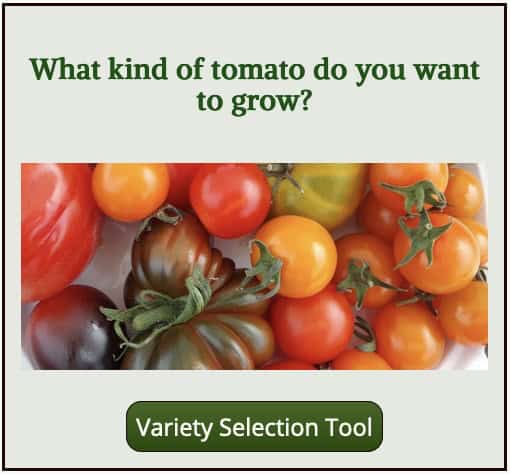
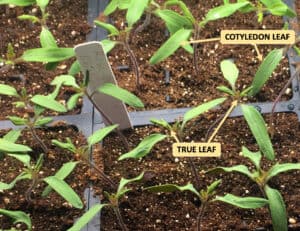 Seedlings are ready to transplant to 6 pack plug trays any time after the first cotyledon leaves have unfolded up until when the first true leaves fully emerge. This will be as early as 5 days or up to 3 weeks. It is easier to untangle the roots of smaller plants, and you want to give the roots room to grow as soon as possible.
Seedlings are ready to transplant to 6 pack plug trays any time after the first cotyledon leaves have unfolded up until when the first true leaves fully emerge. This will be as early as 5 days or up to 3 weeks. It is easier to untangle the roots of smaller plants, and you want to give the roots room to grow as soon as possible. DO NOT pull the seedling out by the stem as it is delicate and can cause disease if bruised or otherwise compromised. Remember to label your plants each time you transplant them.
DO NOT pull the seedling out by the stem as it is delicate and can cause disease if bruised or otherwise compromised. Remember to label your plants each time you transplant them.